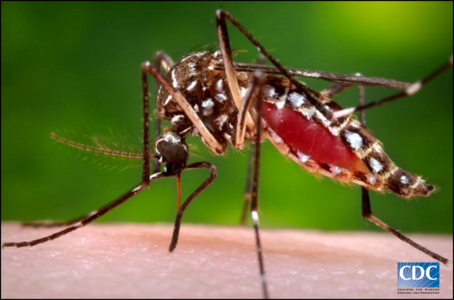About

The program "Spatial Repellents for Control of Vector-borne Disease" was initiated by Nicole L. Achee and Neil F. Lobo in 2013 through a grant funded by the Bill & Melinda Gates Foundation.
Over the past several years, formal national and international meetings have been convened to bring together academics, industry and global public health experts, including representatives from the World Health Organization (WHO) and the WHO Pesticide Evaluation Scheme (WHOPES), to discuss the role of the spatial repellents in the reduction of vector-borne diseases. A critical aspect of these meetings and subsequent efforts has been to establish a critical path of development for these products based on expert advice. This includes measures related to scientific, regulatory and social parameters.
A major hurdle in the critical path of development of spatial repellents has been the generation of sufficient epidemiological (human health) data demonstrating significant protection to influence policy-makers to recommend the incorporation of spatial repellent products into multi-lateral disease control programs confidently. Realizing this vision demands credible demonstration of protective efficacy against new human infections and estimates of spatial repellent protective efficacy based on vector bionomics, intervention coverage and/or disease transmission rates to define optimum patterns of use.
This research program is intended to fill some of the data gaps required for advancing the spatial repellent paradigm. Specifically the trials will measure the benefit of using a spatial repellent product to prevent human infections with malaria parasites and dengue virus, both transmitted by the bite of mosquitoes. The project will operate through two separate, but integrally related work streams: one focused on generating the scientific evidence required to demonstrate the effectiveness of the intervention and the other to inform global health policy.